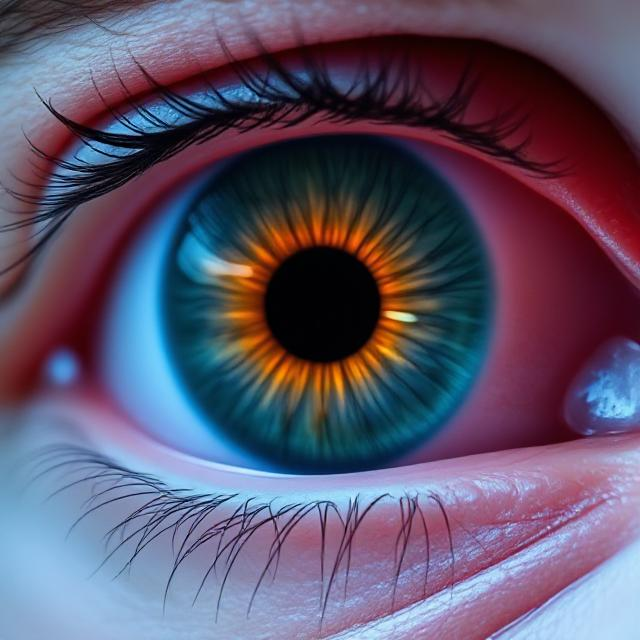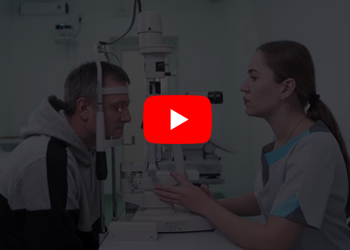What is Glaucoma?
Glaucoma is a group of eye conditions that damage the optic nerve, which is essential for transmitting visual information from the eye to the brain. This damage is often associated with increased pressure within the eye, known as intraocular pressure (IOP). Glaucoma is a leading cause of irreversible blindness worldwide and can progress gradually over time, often without noticeable symptoms in the early stages. If left untreated, glaucoma can cause permanent vision loss and blindness.




